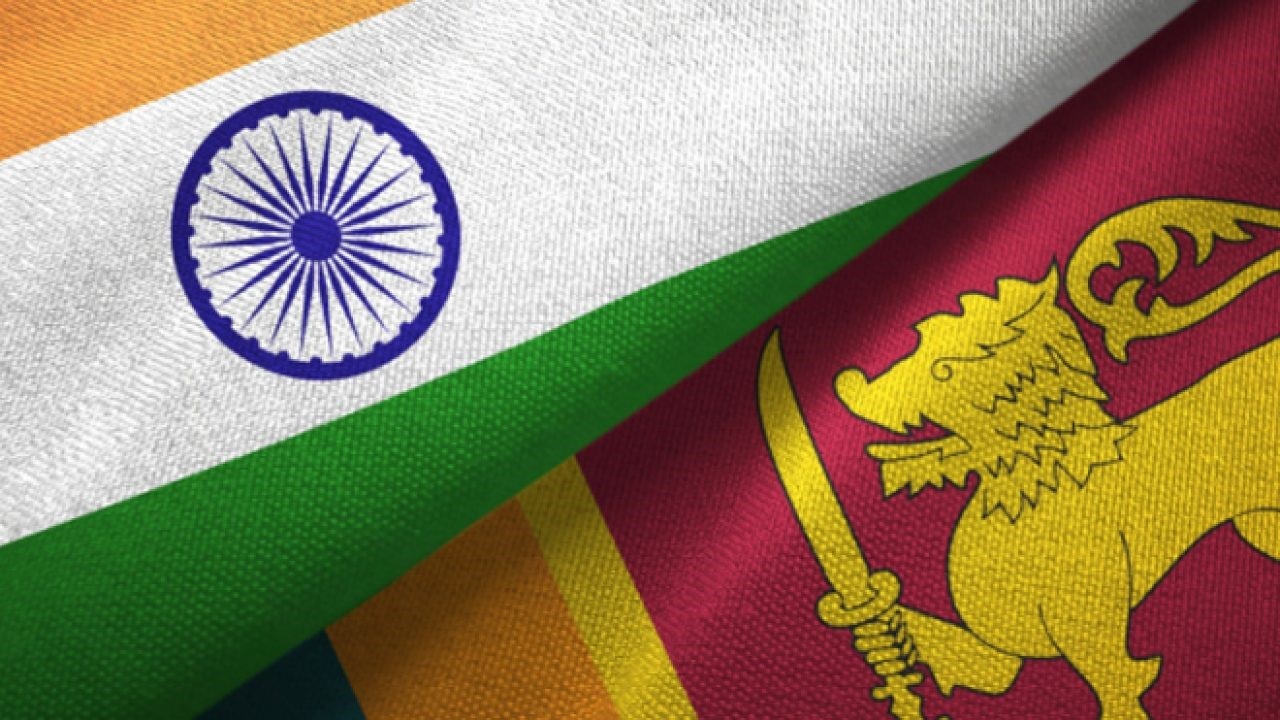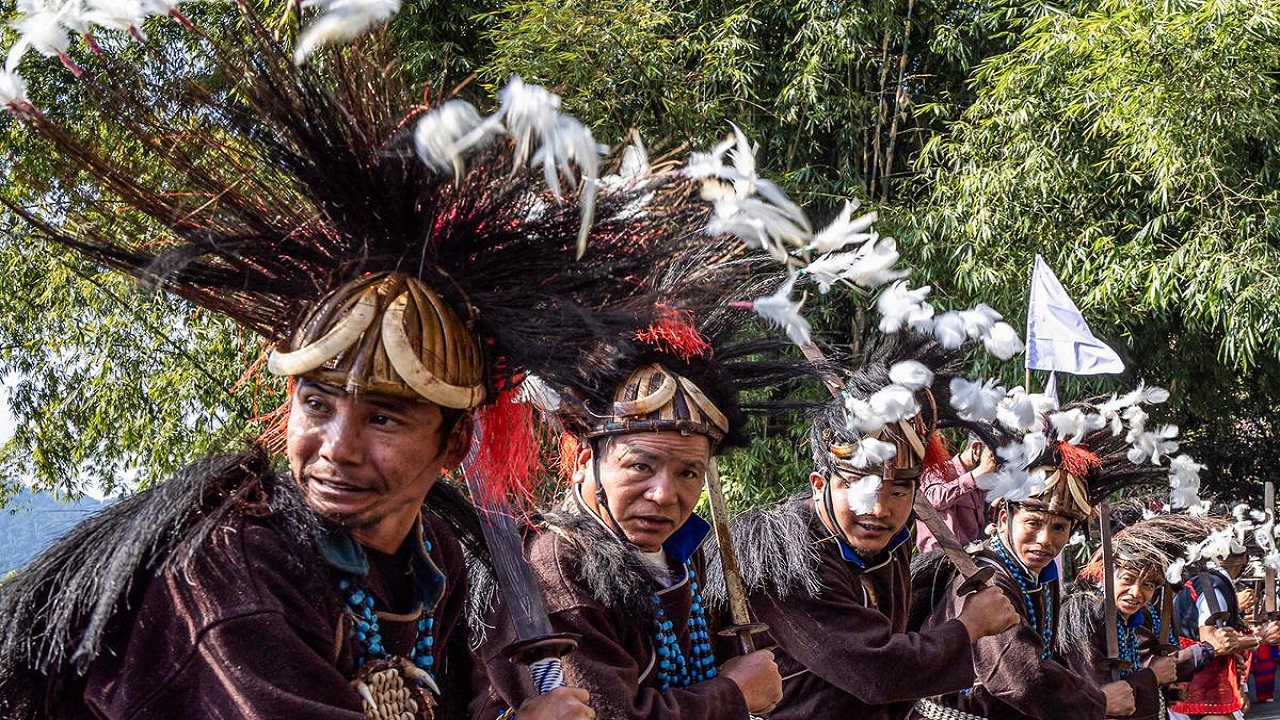India-Sri Lanka Bilateral Cooperation: Key Highlights
Context:
Recently, Sri Lankan President Anura Kumara Dissanayake held bilateral talks with India's Prime Minister during a three-day visit to India.
Political Significance
- This visit highlights the strength of India-Sri Lanka relations, as it marks Mr. Dissanayake’s first foreign trip after becoming President.
- The Ministry of External Affairs released the "India-Sri Lanka Joint Statement: Fostering Partnerships for a Shared Future."
Key Outcomes of the Visit
1. Strategic & Defence Cooperation
- Strengthened SAGAR Vision: Supports Security and Growth for All in the Region and India’s Neighbourhood First policy.
- Countering China: Helps contain China's growing presence in the Indian Ocean, including cases like the docking of Chinese ships at Hambantota Port.
- Provision of a Dornier aircraft to Sri Lanka for maritime surveillance.
2. Energy Cooperation
- Electricity Grid Connectivity: Establishing a grid and a multi-product petroleum pipeline between the two nations.
- Implementation of the solar power project in Sampur, with plans to enhance capacity as per Sri Lankan requirements.
3. Economic & Development Cooperation
- Example Projects:
- Indian Housing Project (Phases III & IV).
- Hybrid Renewable Energy Projects on three islands.
- High-Impact Community Development Projects across Sri Lanka.
- Debt Restructuring:
- Emergency financing and $4 billion forex support from India to stabilize Sri Lanka’s economy.
4. Cultural & Tourism Development
- Resumption of flights between Chennai and Jaffna.
- Discussion on the Ramayana Circuit and Buddhist Circuit to boost tourism.
- Launching a ferry service between Rameshwaram and Talaimannar to enhance connectivity.
5. Digital Infrastructure
- Expedited implementation of the Sri Lanka Unique Digital Identity (SLUDI) Project.
- Expansion of UPI digital payments to promote financial transactions across borders.
6. Training & Capacity Building
- Agreed to train 1,500 Sri Lankan civil servants across ministries over five years.
7. Fishermen Issues
- Acknowledged livelihood challenges faced by fishermen on both sides and emphasized a humanitarian approach to resolve disputes.
India’s Role in Sri Lanka’s Economic Crisis
- Humanitarian Assistance: Extended $4 billion in aid during Sri Lanka’s 2022 crisis for fuel, food, and essential imports.
- Loan Assistance: Provided short-term loans and facilitated IMF negotiations to support Sri Lanka’s economic recovery.
Strategic Importance of Sri Lanka for India
- Indian Ocean Security: Sri Lanka’s location is vital for maritime security, especially to counter China’s influence.
- Example: Concerns over Hambantota Port, leased to China.
- Defence Cooperation: Agreed to explore a framework agreement for joint exercises, maritime surveillance, and defence dialogues.
Challenges in India-Sri Lanka Relations
- Tamil Issue: India advocates the full implementation of the 13th Amendment to ensure Tamil autonomy through Provincial Councils.
- Chinese Influence: Docking of Chinese military vessels in Sri Lankan ports raises security concerns.
- Fishermen Disputes: Frequent clashes and arrests over poaching in shared waters.
Path Ahead
- Economic Integration: Finalize the Comprehensive Economic Partnership Agreement (CEPA) to boost trade and investment.
- Strategic Challenges: Strengthen maritime partnerships to counterbalance China.
- Tamil Reconciliation: Collaborate to expedite devolution and improve living conditions for Tamils.
- Sustainable Energy: Expand renewable energy projects for mutual benefits.
Conclusion
India-Sri Lanka relations, deeply rooted in history and geography, present opportunities for economic, cultural, and strategic cooperation. Addressing challenges through an inclusive and balanced approach will ensure a strong partnership in the Indian Ocean Region.




Comments (0)